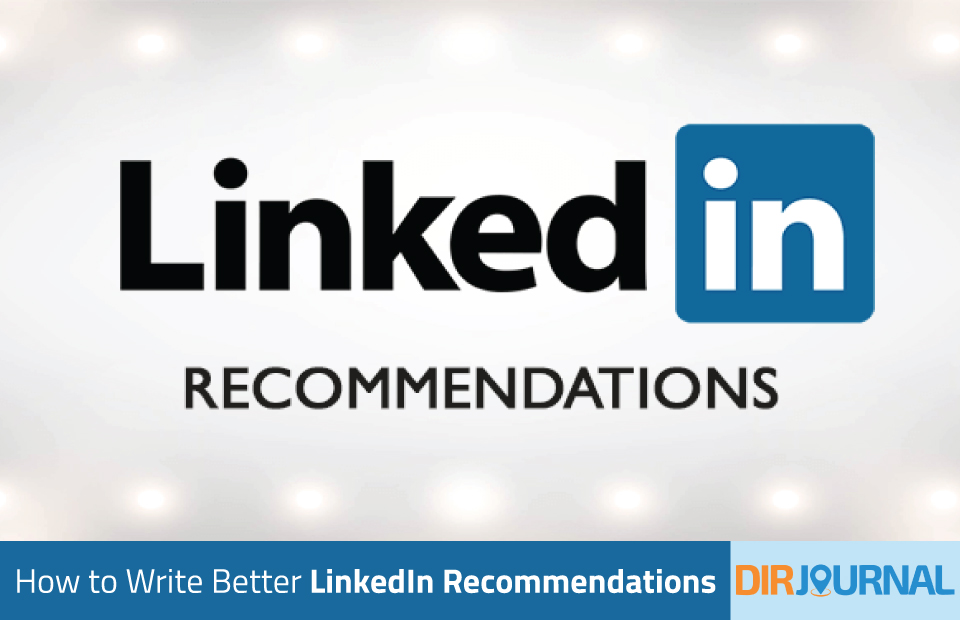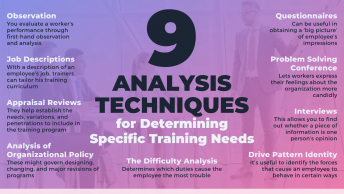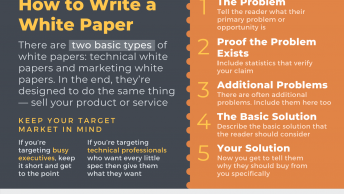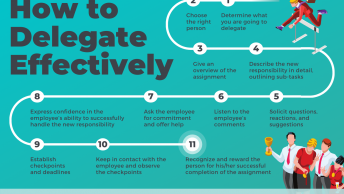Has someone asked you to write a LinkedIn recommendation for them? Are you not sure where to start, or just looking for tips to write better LinkedIn recommendations? Let’s take a look at why LinkedIn recommendations are important to the people asking for them, and therefore why it’s important for your recommendations to shine. Then I’ll offer a few tips for how you can write a better LinkedIn recommendation whether it’s your first or your fiftieth.
First, let’s look at why you should put some thought into every LinkedIn recommendation you write instead of just jotting down the first thing that comes to mind.
Why It’s Important to Write Great LinkedIn Recommendations
LinkedIn recommendations are an example of “social proof.” Social proof is basically word of mouth marketing. When people you know are talking about something, raving about it, or recommending it you might take it as proof that it’s worth your time (or money). In the case of LinkedIn recommendations that social proof is about a person’s credibility. If you want to hire someone, for example, you might give serious weight to recommendations from people in your own network. The trust you have for the reviewer could translate into some level of up front trust for the professional being reviewed.
Because your LinkedIn recommendations and other social media referrals can have a real impact in that way, it’s important that if you take the time to write one, you write a great one. There’s another side to it though. LinkedIn recommendations are really just referrals. And when it comes to referrals the more you give, generally the more you get. So taking the time to write great LinkedIn recommendations for contractors and colleagues you’ve worked with might lead to them offering that same kind of social proof when it comes to you or your business.

If you want to improve the effectiveness of the LinkedIn recommendations you write for others, here are a few tips to help you out.
5 Tips to Write Better LinkedIn Recommendations
1. Be specific.
It’s not enough to say “So-and-so was great to work with.” That’s nice, but it doesn’t tell the reader anything significant. Maybe the two of you simply clicked, or maybe you were friends before working together. Give details. Tell people why someone was easy to work with. For example, maybe it was their scheduling flexibility that made things work out, or perhaps they were easy to work with because they were good about keeping open lines of communication. Let others know what they can expect if they work with that person in the future.
2. Highlight measurable results.
Numbers sometimes speak louder than words. Let’s say you hired a copywriter for your last sales letter for example. You loved the finished product. That’s great, but what really matters is whether or not the sales copy converted into actual sales. That’s the kind of information you should include in a LinkedIn recommendation. It’s okay if you don’t want to give out your exact sales figures. You could give ballpark numbers, just the initial sales (such as the first week), or even general yet measurable information like “his sales letter copy tripled our product sales in the first month.” The more specific the better, but any numbers are better than none.
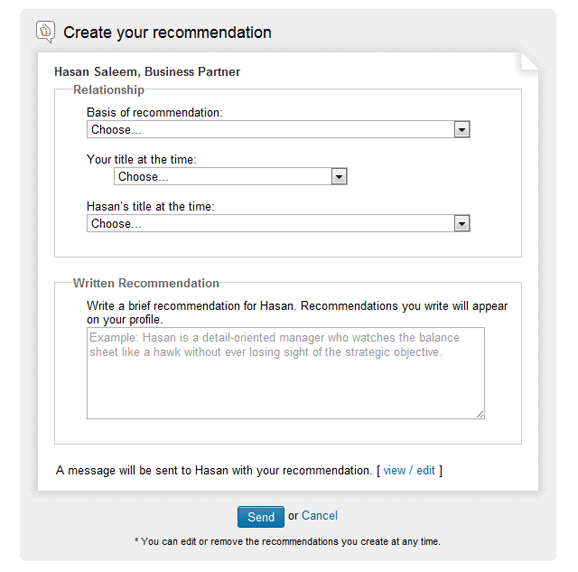
3. Be honest.
Don’t write LinkedIn recommendations every time someone asks for them. Only put your name behind someone if you’re truly comfortable vouching for them. It gives the recommendations you do write more weight. You might set a personal rule, for example, where you’ll only write a recommendation after completing three projects with someone or only if they’ve worked with you for a certain period of time. This way recommendations are based on a pattern rather than just a one-time success that might not be repeatable.
4. Keep the focus on the other person.
An important element of things like LinkedIn profiles is personal branding. By keeping the focus on the person you’re talking about, you help build their personal brand rather than emphasizing yourself or your company. Mention their name throughout the referral rather than just once at the beginning. Instead of giving details about your project, detail how the person influenced that project. The review should focus on them and the results they helped you achieve more than anything else.
5. Keep it short.
No one wants to read about every element of your relationship with the person you’re referring. Get to the point and highlight only the reasons you would refer them to others. Readers don’t need a lot of background about how you met (or everything involved in the project). Give them what they want and let them move on to other recommendations for a more well-rounded view.
What other tips do you have for writing better LinkedIn recommendations? Are there specific rules you like to follow about who you’ll write recommendations for? How important have LinkedIn recommendations been to you or your business? Share your thoughts and stories in the comments below.







